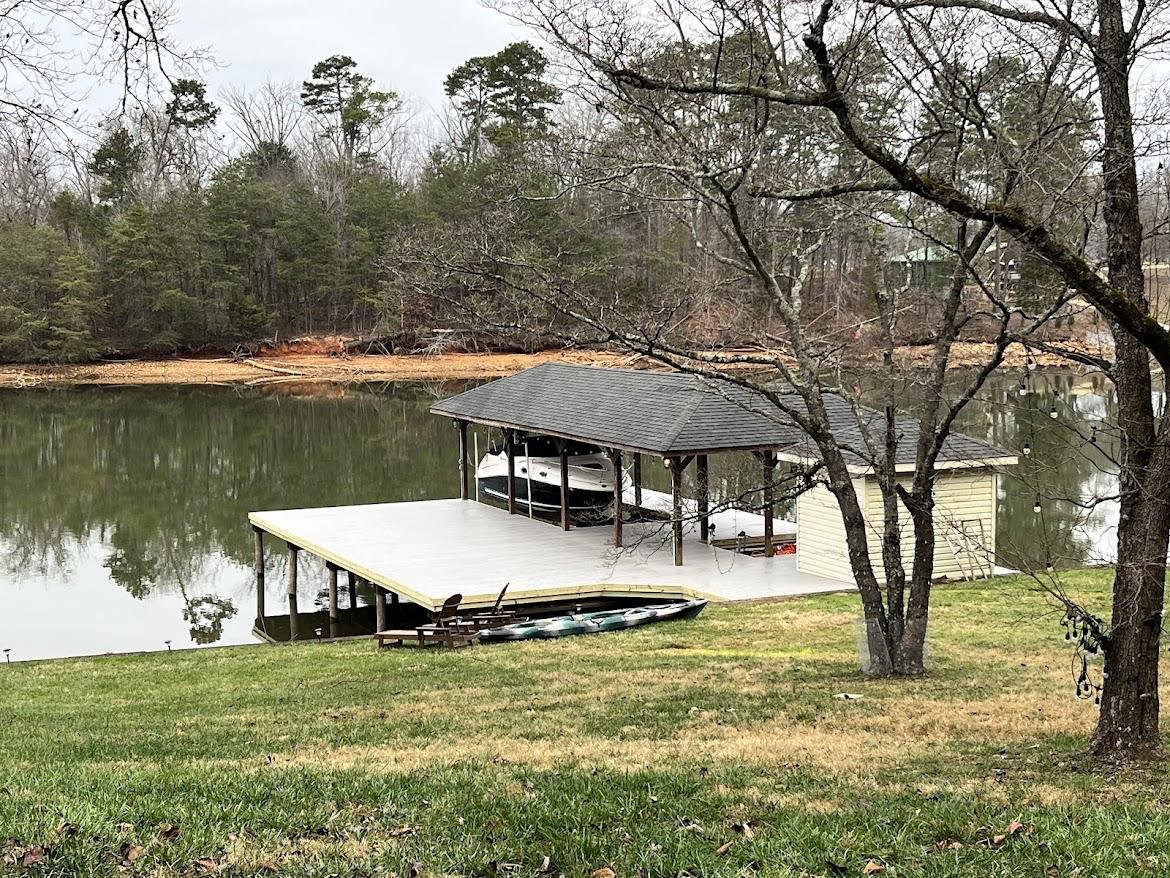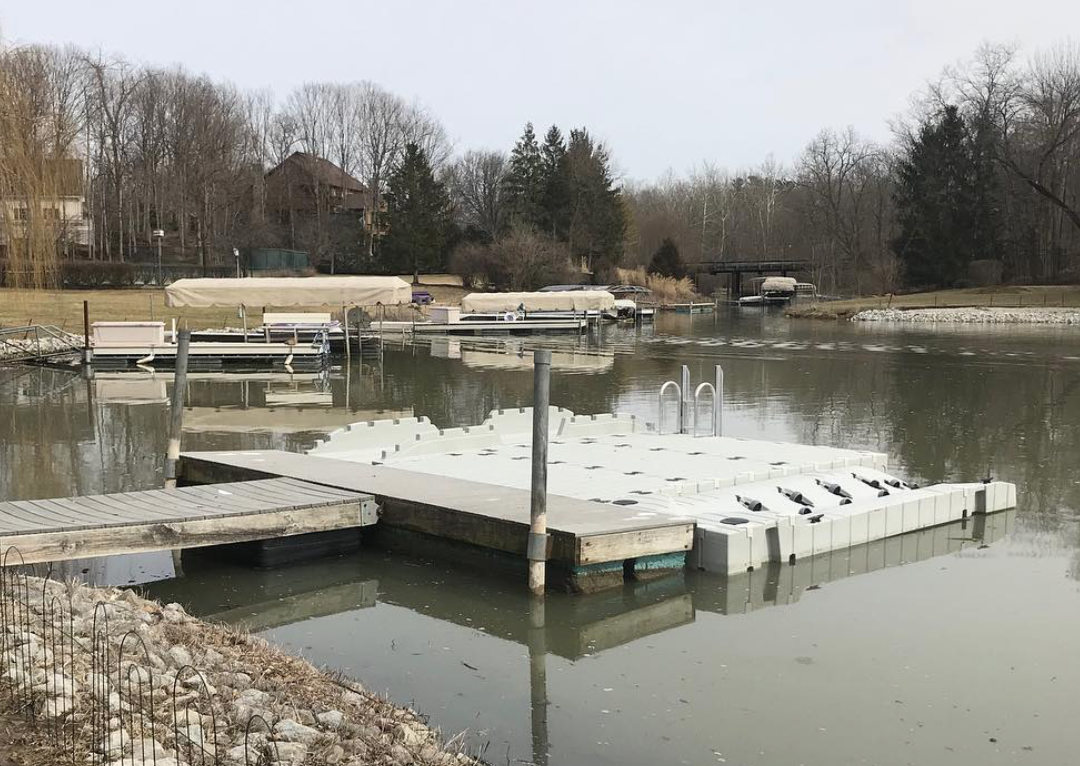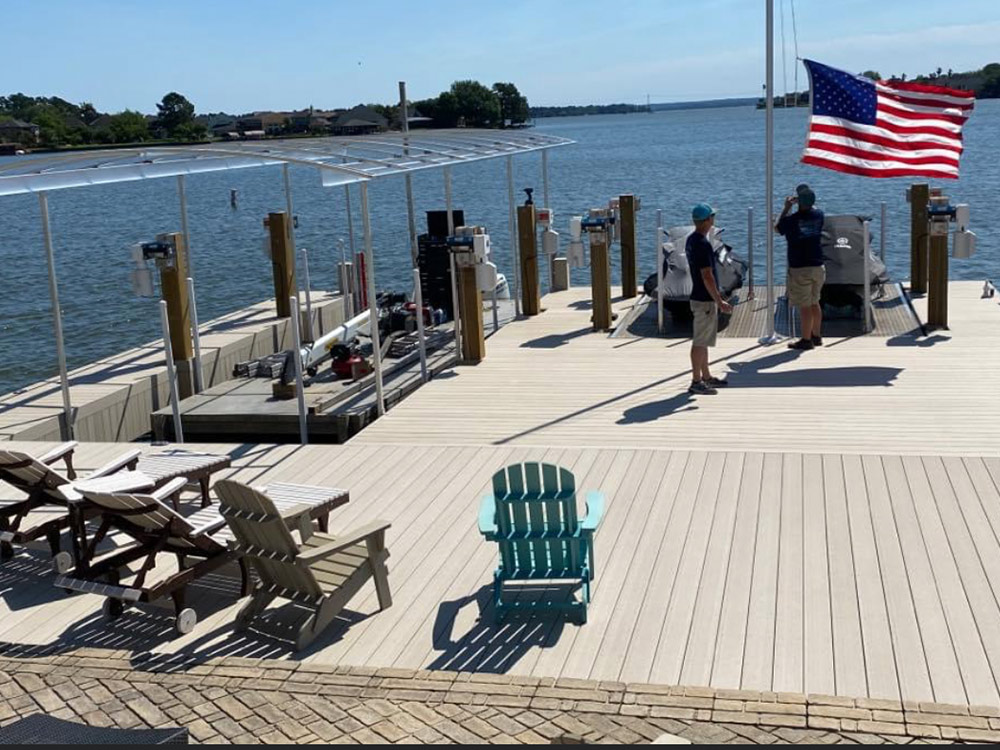DIY Tips for Simple Dock Repairs You Can Handle
DIY Tips for Simple Dock Repairs You Can Handle
Blog Article
Effective Dock Repair Techniques: Making Sure Architectural Honesty
Making certain the structural integrity of anchors via reliable repair work methods is vital for the durability and safety and security of aquatic centers. This entails a multi-faceted technique starting with detailed assessments utilizing sophisticated modern technologies like finder devices and from another location ran lorries (ROVs) to discover both noticeable and concealed problems. Subsequently, picking the right fixing materials, such as corrosion-resistant alloys and composite products, is important for durability. Architectural reinforcement techniques, including the implementation of cross-bracing systems and load-distribution plates, play a vital duty in mitigating stress points. The importance of these techniques comes to be noticeable when discovering sophisticated repair service methods and preventative maintenance techniques.
Assessing Dock Damage
Analyzing dock damage is a critical first step in ensuring the architectural integrity and safety and security of any type of docking facility. Secret aspects to examine consist of the dock's structure, pilings, outdoor decking, and equipment (Dock Repairs).
Structural engineers or qualified examiners usually perform these analyses utilizing specialized tools and strategies. Underwater examinations may utilize sonar tools or remotely ran vehicles (ROVs) to detect submerged damages. Over water, visual evaluations are enhanced by using dampness meters and other diagnostic devices to reveal underlying issues not right away noticeable to the naked eye.

Choosing Repair Service Materials
Picking the appropriate repair service materials is an essential action in the dock reconstruction procedure, one that straight affects the long life and efficiency of the repaired framework. Product selection must be driven by elements such as ecological conditions, load-bearing demands, and compatibility with existing dock elements. For example, wood is a standard selection for anchors as a result of its all-natural durability and visual allure. Nonetheless, choosing the ideal type of wood, such as pressure-treated lumber or naturally rot-resistant varieties like cedar or teak wood, is crucial to withstand aquatic atmospheres.
Along with timber, composite materials are progressively preferred as a result of their resilience and reduced upkeep demands. Compounds, typically made from a blend of plastic and wood fibers, provide exceptional resistance to rot, insects, and UV damages. For steel docks, choosing corrosion-resistant alloys such as galvanized steel or marine-grade light weight aluminum is important to avoid rust and make sure structural integrity in saline water conditions.
Epoxy resins and marine-grade sealants are essential for repairing cracks and securing joints, providing a water-proof obstacle and enhancing the dock's overall strength. By carefully picking top notch materials, dock repair services can accomplish durable results, thus safeguarding versus future deterioration and ensuring risk-free, trusted use.
Architectural Reinforcement Techniques
Effective structural reinforcement methods are vital in ensuring the security and longevity of dock repairs. One essential approach involves making use of steel or composite support bars (rebar) within concrete frameworks. Rebar gives extra tensile stamina, stopping fractures and distributing tons much more uniformly. This method is particularly effective for anchors revealed to hefty tons or harsh environmental problems.
One more crucial method is the application of fiber-reinforced polymers (FRP) These products provide high strength-to-weight proportions and excellent resistance to corrosion, making them optimal for reinforcing wooden or concrete anchors. FRP can be applied in sheets or strips and bonded with epoxy resins to enhance structural integrity.
Bracing and anchoring systems additionally play a crucial duty in architectural support. Cross-bracing, utilizing steel or wooden light beams, can combat lateral pressures, lowering swaying and activity. Securing systems, such as helical piers or driven piles, give a steady structure by moving loads to much deeper, extra stable dirt layers.
Finally, the combination of load-distribution plates can assist disperse weight more evenly across the dock's surface, reducing local stress and anxiety factors. These techniques collectively ensure that docks continue to be durable and secure, efficient in withstanding the roughness of their functional setting.
Advanced Repair Service Techniques

One more sophisticated technique includes undersea welding, which allows for repair services to be conducted without the demand to dewater the area. This approach is specifically helpful for resolving architectural problems in immersed dock parts, ensuring very little disruption to procedures. Improved welding techniques, paired with robotic systems, deliver accuracy and reliability, thereby expanding the life-span of the dock.
In addition, cathodic defense systems are executed to avoid deterioration in metallic dock structures. By utilizing sacrificial anodes or amazed present systems, these techniques effectively mitigate the electrochemical procedures that result in material damage.
Lastly, advanced monitoring innovations, such as structural health and wellness tracking (SHM) systems, provide real-time data on the problem of dock structures. These systems make it possible for positive maintenance and prompt interventions, inevitably guaranteeing the long-lasting structural integrity of the dock.
Maintenance and Avoidance
Upkeep and avoidance are basic concepts that underpin the long life and security of dock frameworks. Regular examinations are vital, enabling very early discovery of deterioration, potential weak points, and ecological effects. A proactive method, including routine look for deterioration, rot, and architectural changes, minimizes costly repair work and lengthens the dock's operational life.
Safety nets Clicking Here should include applying safety finishings to metal parts to guard versus rust and using cured timber to resist decay. Additionally, ensuring proper drainage and ventilation can protect against water buildup, which is a typical source of architectural destruction. Integrating top quality products and sticking to manufacturer guidelines throughout construction and repair stages also play critical roles in boosting longevity.

Educating workers in dock upkeep why not look here ideal methods makes sure consistent application of precautionary steps. Leveraging technical developments, such as drones for inspections and sensors for real-time tracking, can additionally improve upkeep initiatives. By focusing on upkeep and avoidance, dock owners can guarantee structural integrity, functional safety and security, and affordable monitoring over the dock's life-span.
Conclusion
To conclude, preserving the structural integrity of aquatic facilities requires extensive dock repair techniques. Extensive inspections using sophisticated tools uncover both visible and hid problems, while the choice of appropriate fixing products boosts toughness. Executing structural support methods addresses anxiety factors properly. Advanced repair work strategies, combined with routine upkeep practices, make sure the dock remains safe and functional under varied ecological conditions. Embracing these approaches dramatically extends the life-span and capability of aquatic framework.
Ensuring the architectural stability of anchors with effective fixing methods is vital for the durability and safety and security of aquatic facilities.Selecting the ideal repair service materials is a pivotal action in the dock remediation procedure, one that directly affects the durability and efficiency of the repaired structure.Efficient architectural reinforcement strategies are essential in guaranteeing the useful reference stability and long life of dock repair work. By prioritizing maintenance and prevention, dock proprietors can make sure architectural honesty, functional security, and cost-effective management over the dock's lifespan.
In verdict, preserving the structural honesty of marine centers demands comprehensive dock repair service methods.
Report this page